Do your hummers prefer flowers or feeders?
trey77
17 years ago
Related Stories

GARDENING GUIDES8 Flowers That Hummingbirds Adore
To draw those mesmerizing little birds to your garden or doorstep, plant these flowers that are attractive in more ways than one
Full Story
GARDENING GUIDESAttract Hummingbirds and Bees With These Beautiful Summer Flowers
Roll out a welcome mat for pollinators to keep your landscape in balance and thriving
Full Story
FLOWERSGreat Design Plants: Penstemon Rostriflorus
Plant bridge penstemon, also called mountain fountains, for its long-blooming scarlet spikes that act like a living hummingbird feeder
Full Story
GARDENING GUIDESGreat Design Plant: Feed Wildlife With Flowering Currant
Blossoms and berries make this plant irresistible to birds, bees and other critters — and a treat for the eyes too
Full Story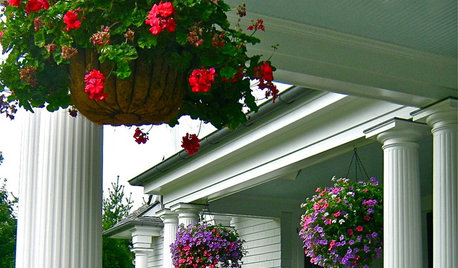
PORCHESGet the Hang of Hanging Flower Baskets
Learn all about container materials, soil and designing a hanging flower arrangement for a bountiful look on your porch or deck
Full Story
GARDENING GUIDESOh, Deer! 10 Native Flowers That Stand Up to the Herds
Keeping a garden amid hungry deer can be hard, but these plants should fare well
Full Story
LANDSCAPE DESIGNBoxwood Alternatives Bring the Chelsea Flower Show to You
Don’t let box blight limit your plans to borrow garden design ideas from the renowned British event
Full Story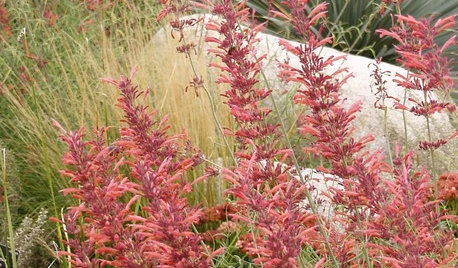
FLOWERS AND PLANTSAgastache Rupestris, a Heat-Loving Hummingbird Magnet
Threadleaf giant hyssop adds color and fragrance to late-summer and fall xeric gardens
Full Story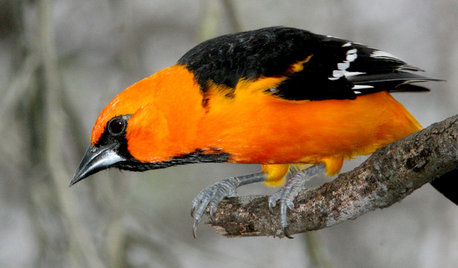
GARDENING GUIDESBackyard Birds: Orioles Return After Spending Winter in the Tropics
These colorful songbirds prefer woodlands and forest edges, but they’ll visit yards with fruit-producing trees and shrubs
Full Story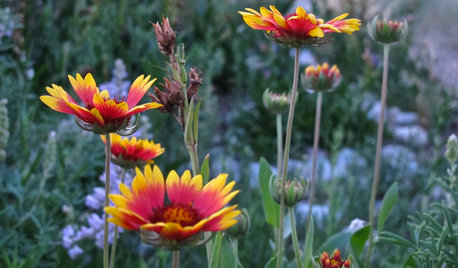
GARDENING GUIDESThese Hummingbird-Attracting Native Plants May Surprise You
These flowers, vines and shrubs offer shelter and food supplies that keep hummingbirds around longer
Full StorySponsored
More Discussions






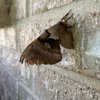
trey77Original Author
sqlguy
Related Professionals
Havre de Grace Landscape Architects & Landscape Designers · West Chester Landscape Architects & Landscape Designers · Springfield Landscape Contractors · Woburn Landscape Contractors · Bergenfield Landscape Contractors · Brookline Landscape Contractors · Nashua Landscape Contractors · North Canton Landscape Contractors · Reedley Landscape Contractors · Shirley Landscape Contractors · Sun City Center Landscape Contractors · West Allis Landscape Contractors · Kalamazoo Decks, Patios & Outdoor Enclosures · Little Rock Decks, Patios & Outdoor Enclosures · Rogers Decks, Patios & Outdoor Enclosureskristin_williams
ghoghunter
kristin_williams
birding_nut
kristin_williams
sqlguy
trey77Original Author
birding_nut
jenny_in_se_pa
kristin_williams
kristin_williams
kristin_williams
birding_nut
kristin_williams
trey77Original Author
kristin_williams
trey77Original Author
birding_nut
kristin_williams
gw:deb_h_3-day